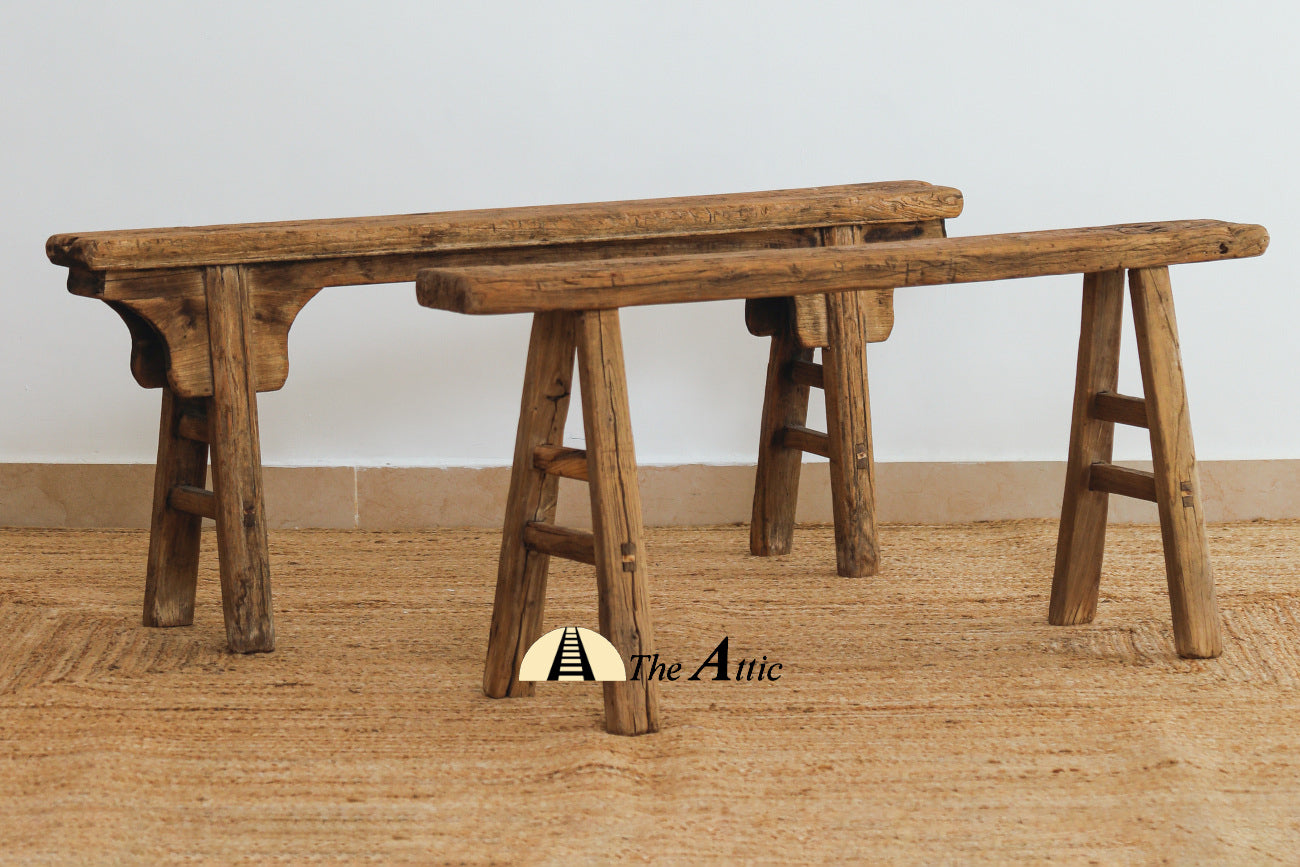In a world of mass production and fleeting trends, old elm benches stand as symbols of timeless beauty, resilience, and history. These humble yet sturdy pieces of furniture have graced parks, gardens, and homes for centuries, offering a seat to weary travelers, a perch for deep conversations, and a witness to countless memories.
Why Elm?
Elm wood, known for its interlocking grain and exceptional durability, has been a favored material for centuries. Its natural resistance to splitting makes it ideal for crafting benches that endure both time and the elements. The wood’s unique patterns and warm tones give each bench a distinct character, making it as much a work of art as a piece of furniture.
A Glimpse into History
Old elm benches often carry the patina of age, telling stories of the past. In villages and cities alike, they were common fixtures in town squares, providing a place for neighbors to gather and share news. Some even became landmarks, etched into the collective memory of communities.
During the 18th and 19th centuries, elm benches were popular in English country gardens, where they complemented the natural surroundings. Their rustic charm has endured, with antique benches now sought after for their history and craftsmanship.
Modern Appeal
Today, old elm benches are treasured for their vintage appeal and sustainability. Repurposing and restoring these benches aligns with the growing trend toward eco-conscious living. Their weathered look adds character to both modern minimalist spaces and traditional settings.
Collectors and decorators alike value the versatility of elm benches. Whether placed in a cozy corner of a living room, along a garden path, or on a patio, they bring warmth and authenticity to any space.
Caring for Old Elm Benches
To preserve their charm and integrity, old elm benches need a bit of care:
- Cleaning: Use a soft brush to remove dirt, followed by a damp cloth. Avoid harsh chemicals that might damage the wood.
- Protection: If the bench is outdoors, apply a protective wood oil or wax to shield it from moisture and UV rays.
- Repair: For antique benches, consult a professional restorer to maintain their historical value.

The Stories They Tell
Each old elm bench is more than a seat; it's a storyteller. The worn edges speak of hands that have brushed against them, the smooth surfaces reflect decades of use, and every scratch or dent carries a tale of a moment lived. From hosting a child's laughter to bearing witness to quiet contemplation, these benches are silent custodians of human experiences.
Conclusion
Old elm benches are more than just furniture—they are enduring symbols of tradition, craftsmanship, and life’s simple pleasures. Whether you’re lucky enough to own one or simply admire them from afar, their beauty lies in their ability to connect us to the past while enriching our present.
So, next time you come across an old elm bench, take a moment to sit, reflect, and appreciate the timeless stories it holds. You might just find a little inspiration etched into its weathered surface.
